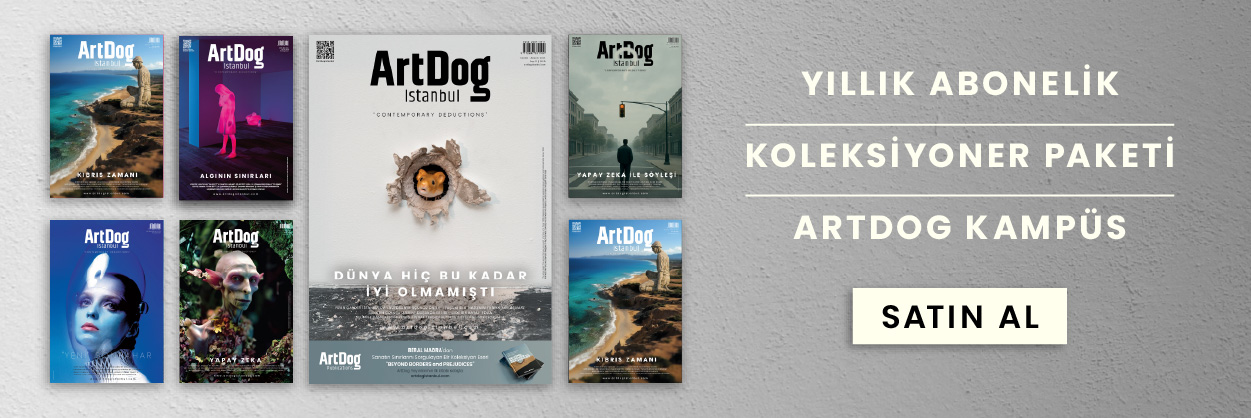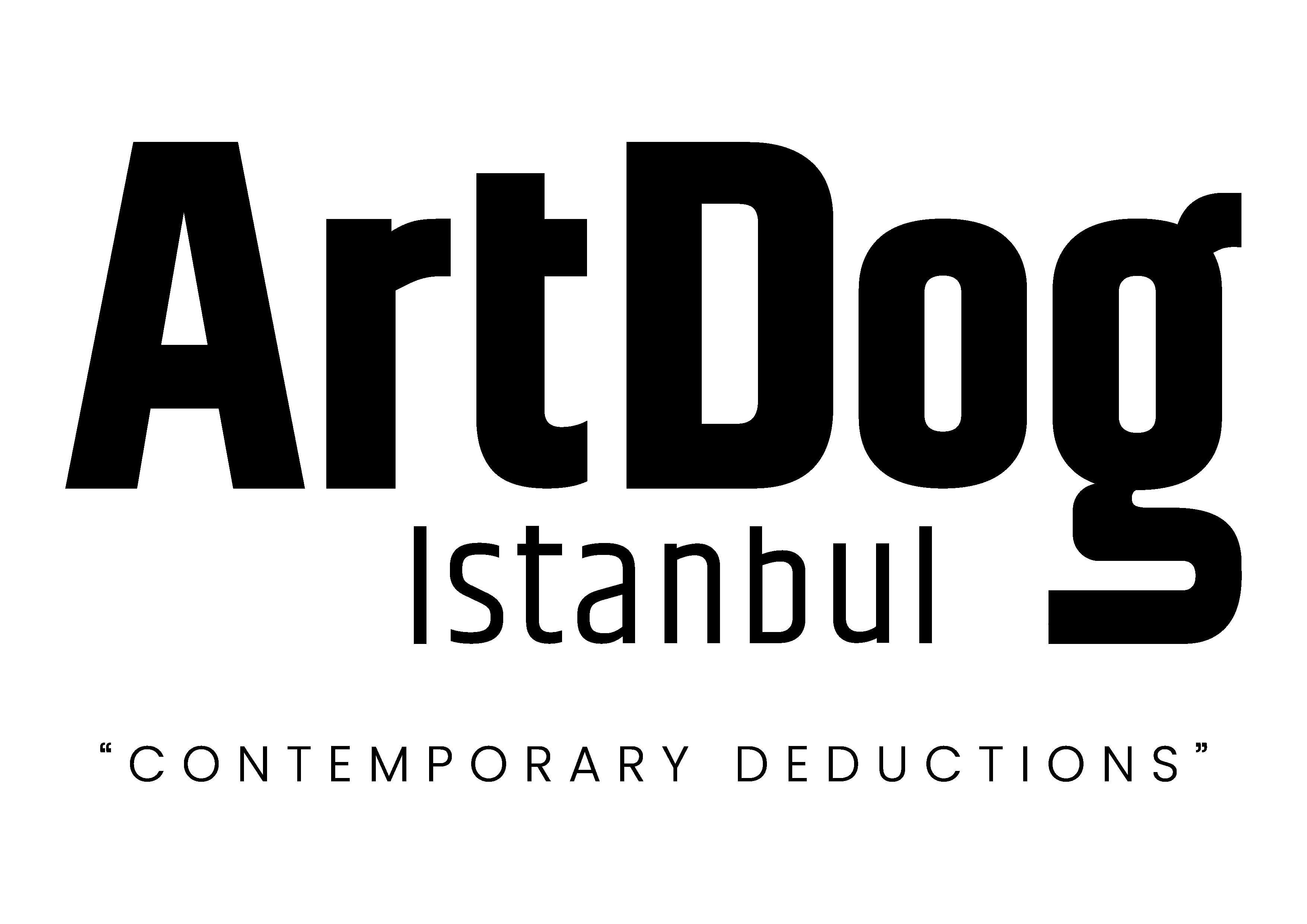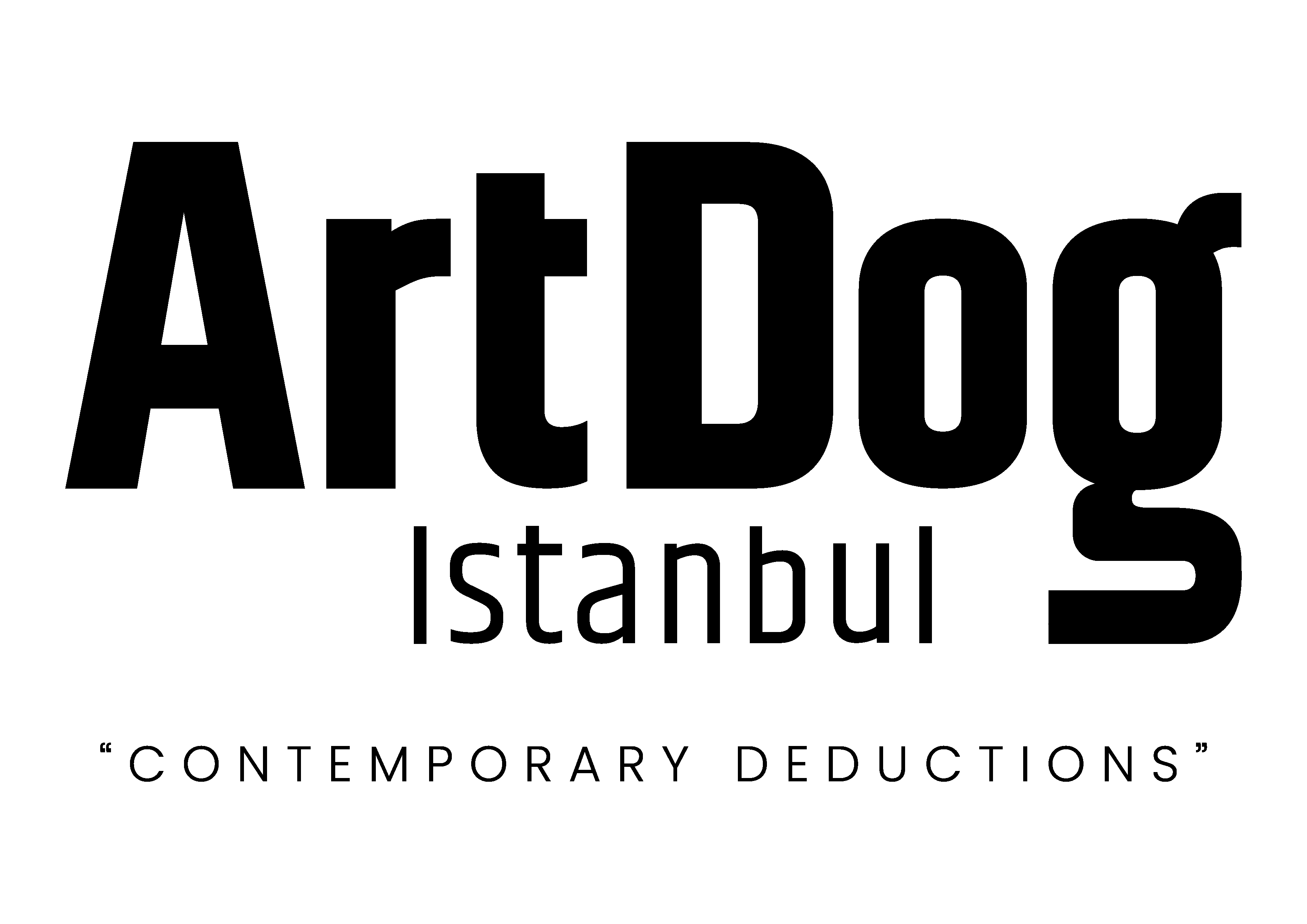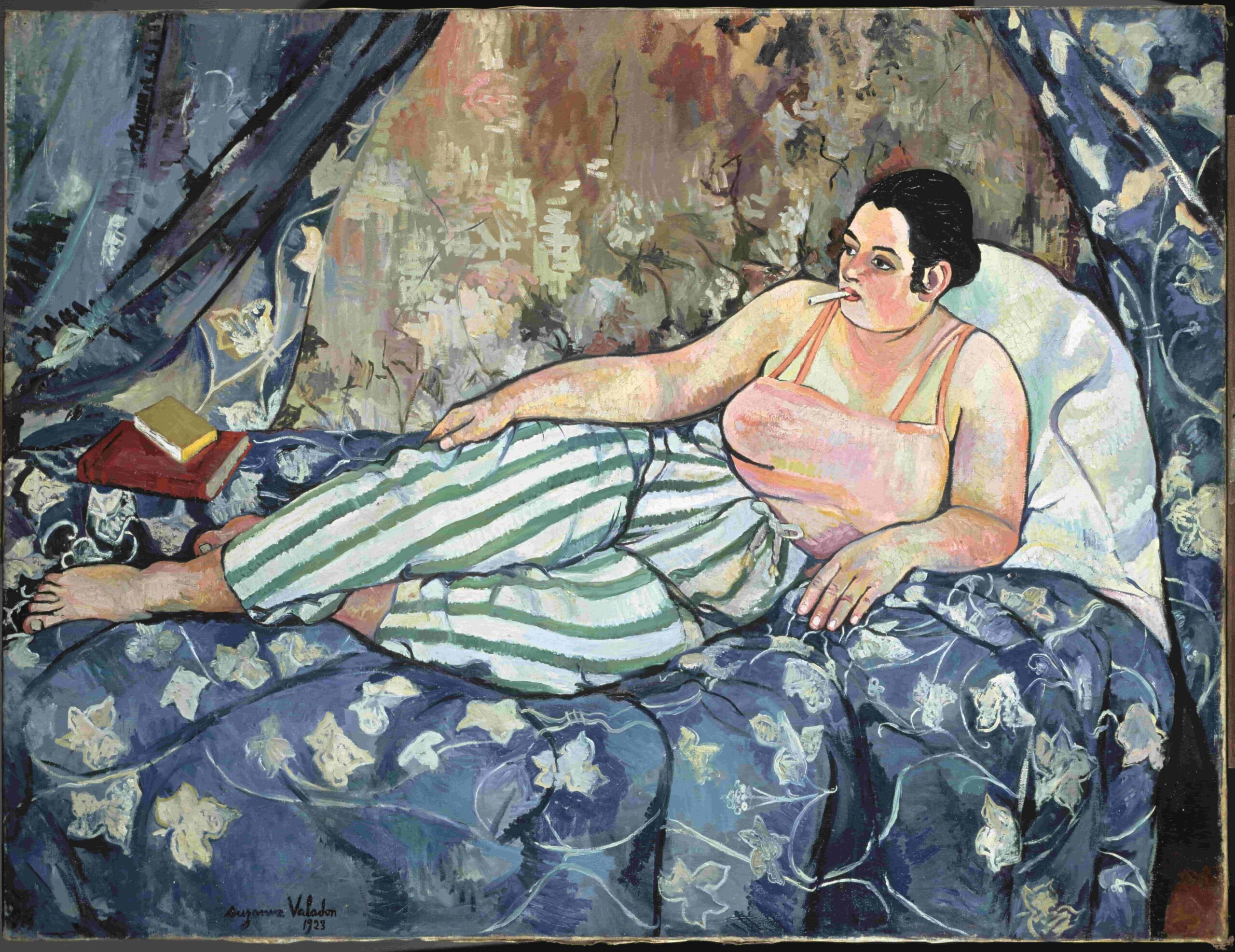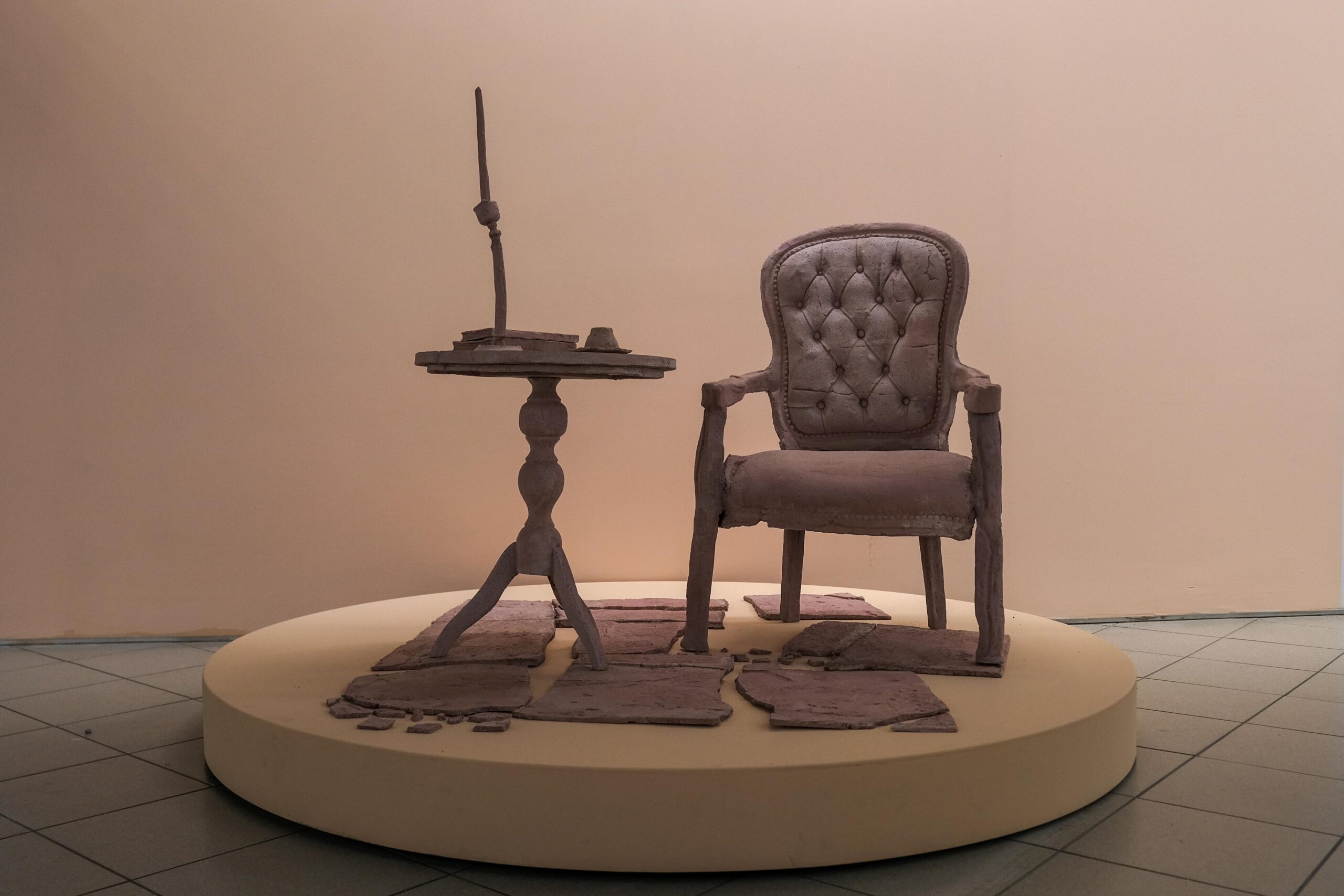Centre Pompidou presents a landmark monographic exhibition dedicated to Suzanne Valadon (1865–1938), a daring and iconic figure who stands among the most significant artists of her generation. A self-taught painter who began her artistic career as a model in Montmartre, Valadon forged a unique path on the margins of the dominant movements of her time. While Cubism and abstraction were emerging, she remained steadfast in her commitment to figuration, placing the nude—both male and female—at the heart of her work and rendering bodies with honesty, stripped of artifice or voyeurism.
The exhibition marks the first major monograph devoted to Valadon since the Musée National d’Art Moderne’s 1967 retrospective. Following acclaimed showings at the Centre Pompidou-Metz in 2023 (Suzanne Valadon. A World of Her Own), the Musée des Beaux-Arts de Nantes, and the Museu Nacional d’Art de Catalunya in 2024, the Paris iteration offers an enriched perspective, featuring newly acquired loans and previously unseen archival material.
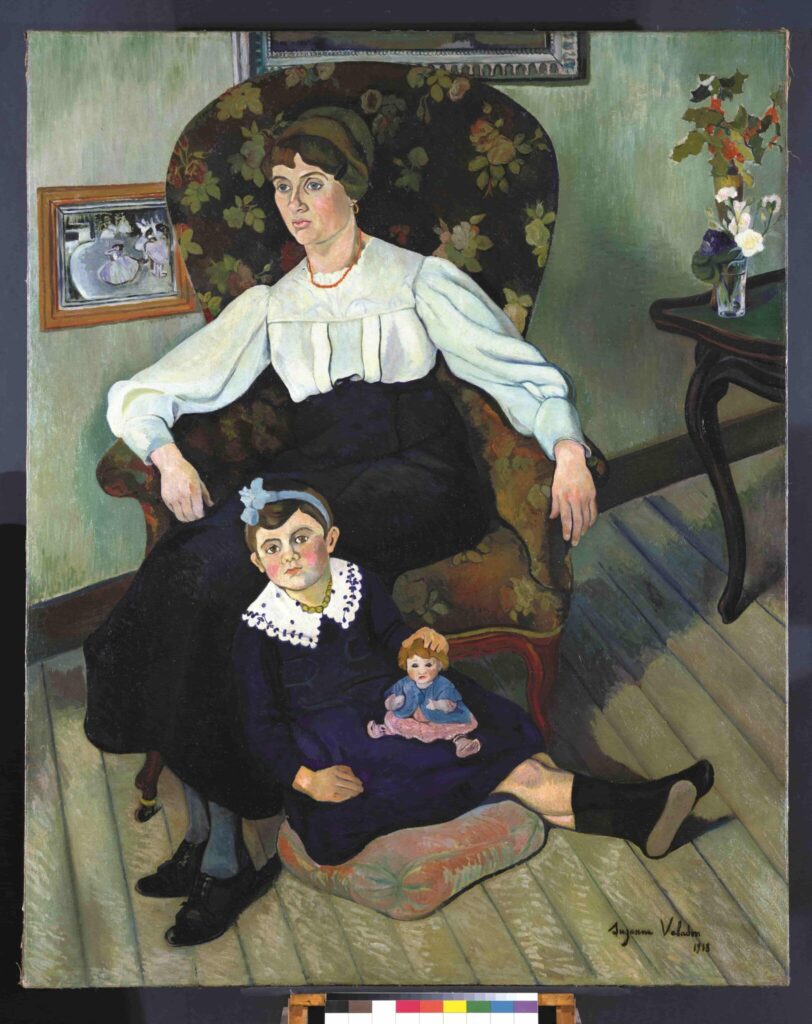
Bringing together nearly 200 works, the exhibition underscores Valadon’s pioneering role in the emergence of modern art—a role often overlooked in traditional narratives. Unaffiliated with any formal movement, Valadon cultivated a deeply personal visual language rooted in observation, emotional intensity, and the expressive potential of the human form.
The exhibition draws extensively from national collections, particularly the Centre Pompidou’s own holdings, which represent the most significant public collection of her work. Additional masterpieces come from the Musée d’Orsay and the Musée de l’Orangerie, as well as major international institutions such as the Metropolitan Museum of Art in New York and the Fondation de l’Hermitage, along with prominent private collections.
Special emphasis is placed on Valadon’s mastery of both drawing and painting, with a substantial selection of rarely exhibited graphic works offering fresh insight into her creative process. The exhibition also explores the transitional moment her work occupies between the 19th-century realism of the Musée d’Orsay and the modernist innovations housed in the Musée National d’Art Moderne.
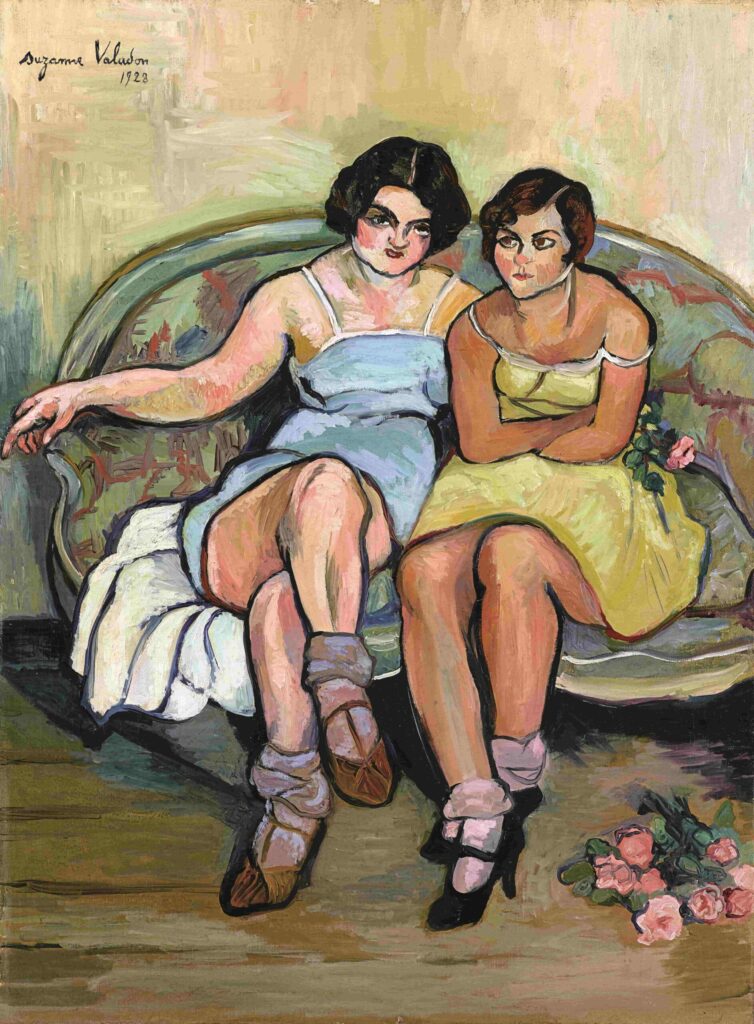
Titled simply Valadon, the exhibition traces her singular journey—from celebrated Montmartre model to widely respected painter—highlighting her early recognition by peers and critics alike. It immerses viewers in the vibrant cultural landscape of fin-de-siècle Paris, with its cafés, cabarets, and intellectual ferment, where Valadon’s art both absorbed and influenced the evolving spirit of the age.
Structured around five thematic sections—Learning Through Observation, Family Portraits, “I Paint People to Get to Know Them”, “The Real Theory Is Imposed by Nature”, and The Nude: A Feminine View—the exhibition reveals the breadth, richness, and complexity of her oeuvre. It also features archival documents and works by contemporaries who shared similar concerns, including Juliette Roche, Georgette Agutte, Jacqueline Marval, Emilie Charmy, and Hélène Delasalle, offering a broader context for Valadon’s remarkable legacy.
This comprehensive tribute positions Suzanne Valadon not just as a groundbreaking female artist, but as a central, if long-underrated, figure in the story of modern art.

